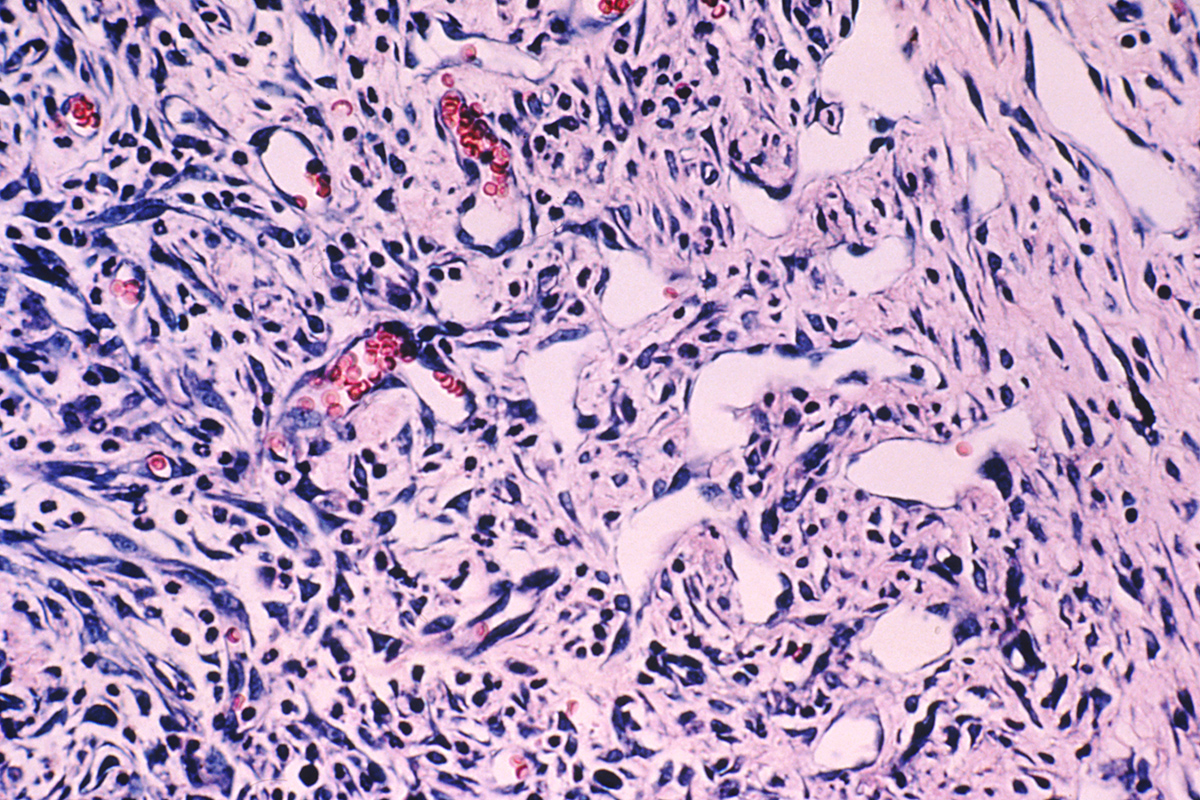
What is Kaposi Sarcoma?
Kaposi sarcoma is a kind of cancer that attacks the cells around the lymph and blood vessels and causes lesions, which in some cases do not produce any symptoms, while in others are painful and swollen. If the lesions appear on the skin they are considered mild compared to those that surface on internal organs, such as the liver, digestive tract organs, or the lungs. The latter pose a grave risk as they can lead to internal bleeding or suffocating. In addition, there are various types of Kaposi sarcoma including the AIDS-related, the African, the Mediterranean and the transplant-associated. The AIDS-related Kaposi sarcoma is the most prevalent in the United States and it affects individuals who are HIV positive. Once the HIV virus gets activated and causes AIDS, the Kaposi sarcoma usually follows, making it the designated disease of AIDS. The kind of treatment that is available for the AIDS-related Kaposi sarcoma is the Highly Active Antiretroviral Therapy (HAART), which has over the years decreased the number of instances of KS. The African Kaposi sarcoma is prevalent around the Equator in Africa and it can be caused by a KS herpesvirus. The Mediterranean Kaposi sarcoma in the majority of cases affects male seniors and similarly to the African KS, it can develop from herpesvirus. Lastly, individuals whose immune systems have been reduced in strength due to organ transplants are prone to developing the transplant-associated Kaposi sarcoma.
What Causes Kaposi Sarcoma?
The virus that causes KS is Kaposi sarcoma herpesvirus, which belongs to the herpesvirus group. The KSHV attacks the cells around the lymph and blood vessels and after some time causes pathological changes. It should be noted that the infection caused by the virus is far more prevalent than the cancer itself, which means that individuals who do get a KSHV induced infection are not necessarily going to get KS as well. Whether or not a patient develops KS from KSHV largely depends on his or her immune system. The virus is known to attack homosexual men more often than their heterosexual counterparts as well as people living in Africa more so than anywhere else in the world. Further, at this time there are no vaccines against KSHV. As KS is most prevalent in individuals who suffer from AIDS, AIDS prevention overlaps with that of the KS. Engaging in unprotected sex, sharing syringes and needles and receiving a contaminated blood transfusion are all very well known pathways to getting infected by HIV and in turn developing Kaposi sarcoma. Research has shown that even persons who have already been infected with HIV can reduce their chances of developing KS through certain types of therapies, so it crucial to be aware of one’s health condition in order to take proper action as soon as possible.
Diagnosing and Treating
Unlike many other cancers, it is difficult to diagnose Kaposi sarcoma early, or before it spreads, as once the lesions start to surface in one area, there is a strong possibility that other places are already affected, but the lesions are not visible to the naked eye yet. Individuals who are the most prone to getting KS should have regular checkups as a means to prevent its outbreak. When it comes to diagnosing Kaposi sarcoma, there are numerous tests that are conducted and many differ from organ to organ, depending where the KS is first noticed. For instance, if a doctor needs to check for KS in the lungs, he or she will put the patient to sleep and take a sample from the tissue, which will then be checked for pathological changes. An x –ray of the lungs is often taken as well. In case the KS might be developing in the intestines or the stomach, a medical care provider will have the patient either take a pill which has a camera inside and the pictures of the intestines are transmitted electronically, or in other cases the patient will be put to sleep and a colonoscopy performed. As is the case with any other type of cancer, a biopsy of an infected area is carried out, especially if the lesions are on the surface of the skin. Organs such as the heart or the liver do not require being biopsied as the presence of KS can be perceived through other tests or biopsies of other areas. The course of diagnosing Kaposi sarcoma also entails finding out about the patient’s family medical history, possible exposure to the HV and visual examination of the surface of the skin. As is the case with most cancers, treatment for KS includes chemotherapy, radiation and cytotoxic therapy. The success rate depends on the stage of the cancer, as well as the person’s immune system and the ability to fight off the adverse agents causing the spreading of the disease.



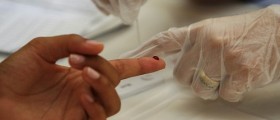
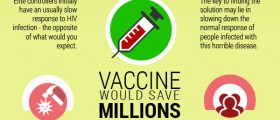





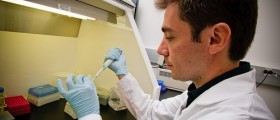
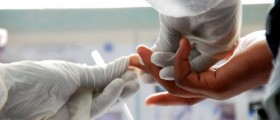

-and-Multiple-Sclerosis-Differences-And-Similarities_f_280x120.jpg)


Your thoughts on this
Loading...